A Guide to Different Types of Valves
Valves are tools that regulate the passage of liquids, gases, or loose materials through a pipe. Each of them has its own purpose. Some of them are good for fine adjustments others are better at shutting off flow.
5-Minute Crafts has prepared a guide to help you better understand each of them
1. Gate valve
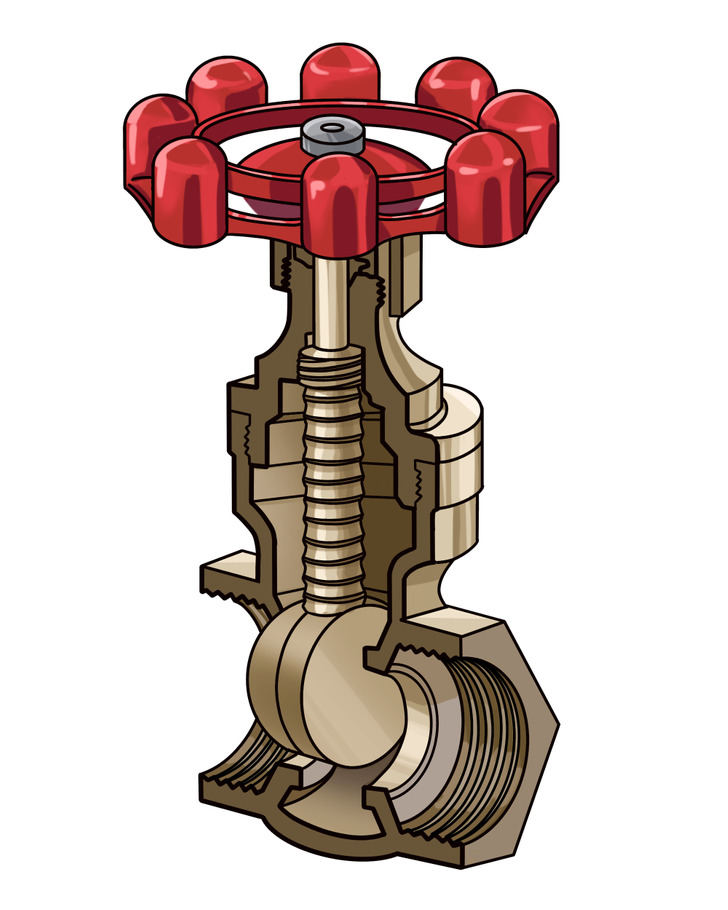
This type of valve has a gate that stops or releases the media, but is not great for flow regulation. They are mainly used for big pipes because of their less complex design compared to other faucets. Also, there are automatic ones with electric or pneumatic actuators. However, the manual valves are much cheaper.
2. Ball valve
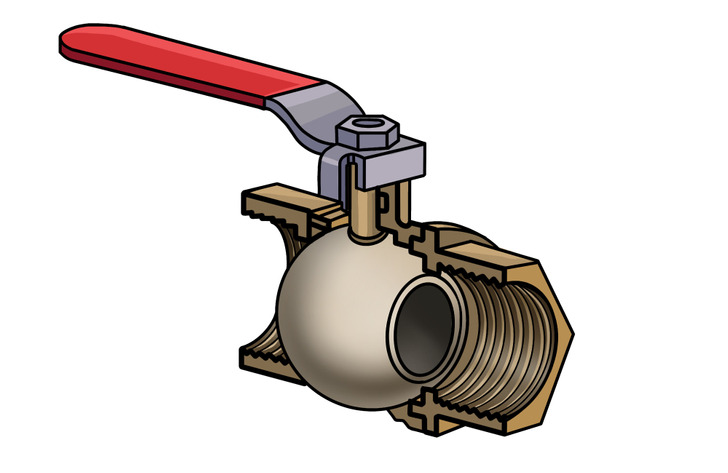
They have a rotating ball inside that is operated by turning their handle 90 degrees. These valves are reliable and robust even if left untouched for long periods of time. Mucky media won’t have any effect on their performance because they are more resistant than other types of faucets.
3. Butterfly valve
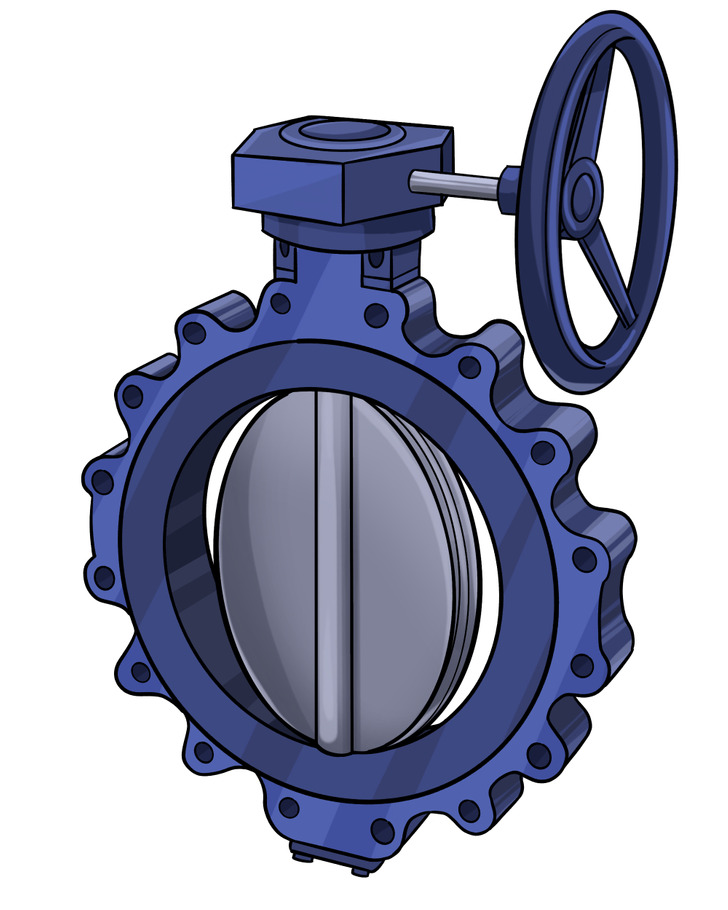
This one is very similar to a ball valve. But instead of a round mechanism inside, they have a rotating disc that controls the flow. They are best suited for modulating services and on-off situations. The butterfly faucet is popular due to its lightweight, quick operating, low cost, and availability in very large sizes.
4. Check valve
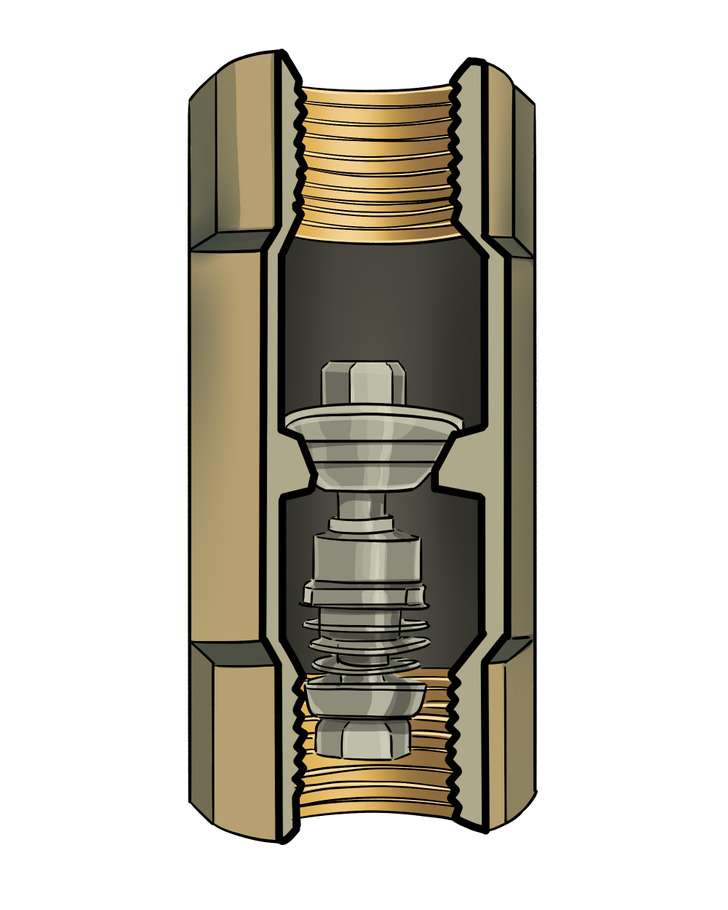
5. Solenoid valve
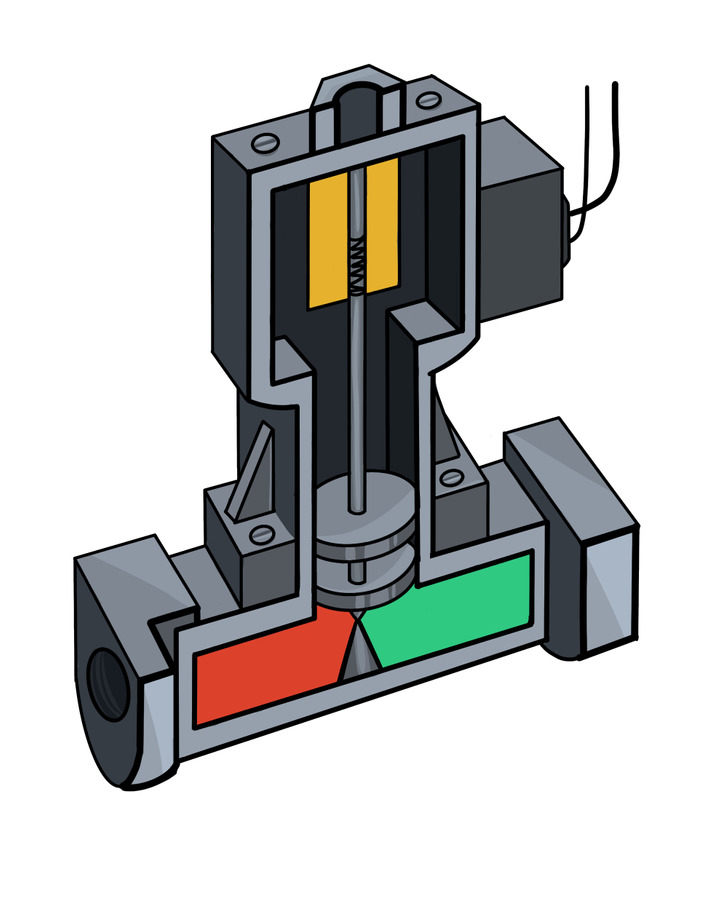
6. Diaphragm valve
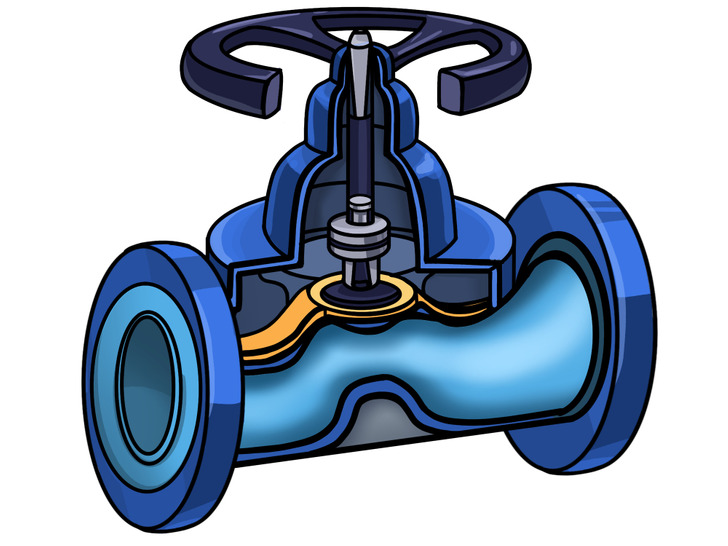
7. Needle valve
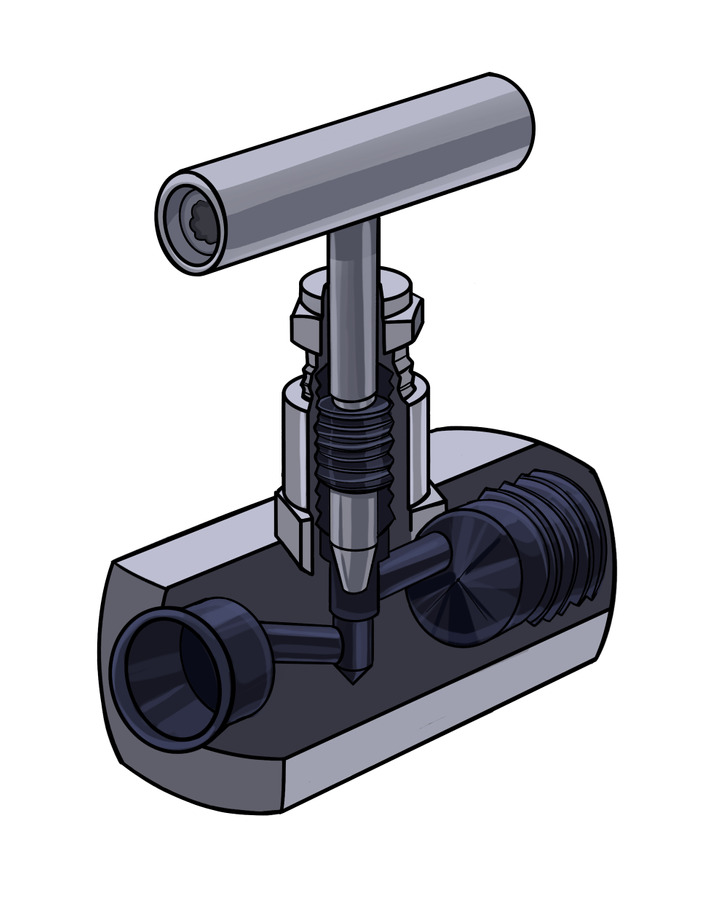
8. Three-Way Stop Valve
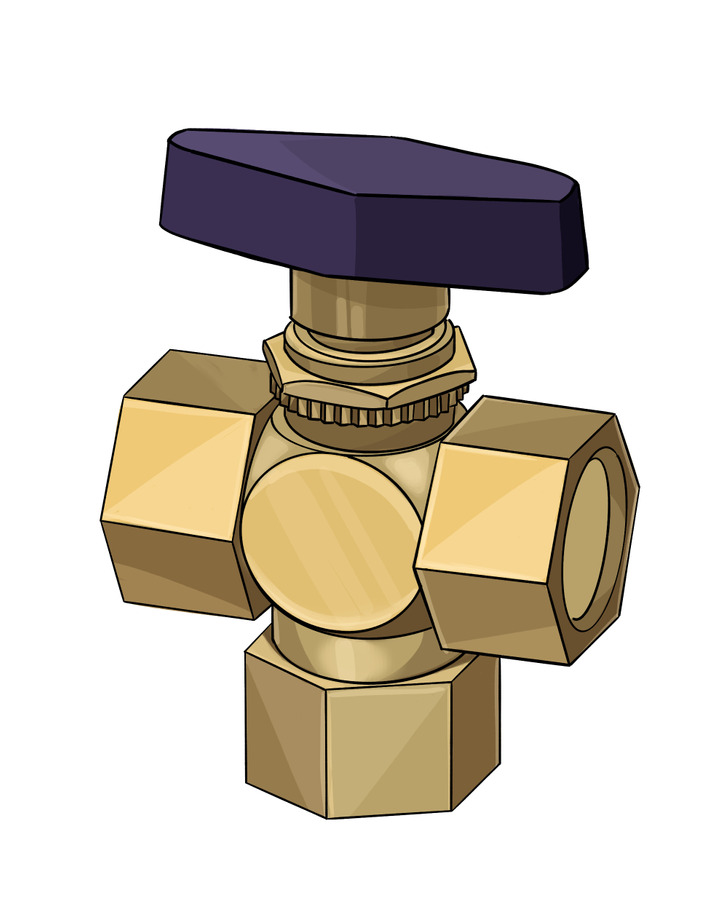
This valve has one inlet and 2 outlets. Most commonly found below the kitchen sink, it has multiple purposes such as supplying hot water to the tap and the dishwasher. They can be found in a couple of different designs: cross-shaped with 2 outlets, some have an “L” form vent, and others have a “Y” shape.